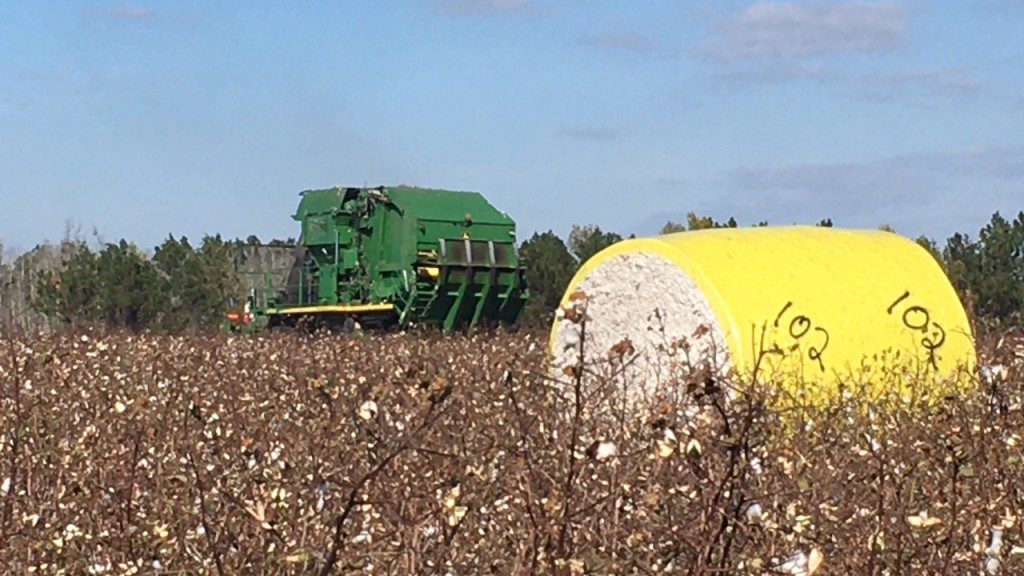Recent Posts
-
It has been another interesting week in Colquitt County agriculture. Area growers are applying cotton burndown, and preparing for the peanut crop. The area corn crop ranges from just planted to V3. The wheat crop ranges ranges from late boot stage to soft dough. We planted 2 locations of on farm corn variety plots this…
-
Hello, the UGA Cotton Team newsletter for April 2023 is posted here. Articles in this month’s issue include:1. The Cause of Recent Bank Failures and the Ripple Effect on Cotton Producers (Serrina Liu)2. Efficient Nutrient Management Strategies for Cotton (Henry Sintim and Glen Harris)3. Irrigation System Prep and Early Season Water Requirements for Cotton Production…
Posted in: Cotton -
I do not like to re-cycle a newsletter article, yet I don’t think I can improve much over this one from last year. What was true in 2022 is even more so in 2023 following a “3-peat” La Niña winter. So here goes…The 2023 cotton season is upon us and some of the most important…
-
Thrips are consistent pests of cotton, infesting nearly all cotton acres planted in Georgia each year. Thrips are the only insect pest of cotton that a preventive insecticide is recommended. We consistently observe a positive yield response to at-plant insecticides used for thrips control. A reactive approach based on scouting and use of thresholds is…
-
This time of year, I often get questions about what type of summer annual forages to plant in Colquitt County. Warm season annual grasses are established from seed and are productive during spring and summer. Below are great tips from Dr. Lisa Baxter on the subject of summer annual forages. Dr. Lisa Baxter Extension Forage…
-
It has been another exciting week in Colquitt County agriculture. Questions about corn production, burndown, pecans and forages have been common. They are discussed below. Some responses to a few common questions this week about preplant burndowns: 1) What is the plant-back restriction for field corn following an application of 2,4-D? Plant-back restrictions for field…
-
It has been another exciting week in Colquitt County agriculture. Corn producers are starting to plant. Cotton and peanut growers are applying burn down for the up coming year. Wheat crop is in the head and anthesis stage of development. Forage producers are baling oat baleage. Mr. Kichler, I missed the UPW training in Moultrie;…
-
Fusarium Head Blight (FHB) has been a topic of discussion with growers, consultants and retailers over the last week. Growers need to monitor the stage of development of their wheat crop over the next few weeks in order to make fungicide application decisions. The stage of development of the area wheat crop ranges (March 24,…
-
This time of year I get phone calls, txt messages and office visits from concerned people about stinging nettle or fireweed (Urtica chamaedryoides) and how to control it in area hayfields and pastures. Fireweed leaves look similar to strawberry leaves. This pest has square stems and small pale green flower clusters. Small stinging hairs are found on…
Posted in: Uncategorized -
Corn planting time is here, and have you wondered how to check the depth of your planter? Seeding depth or the variation in seeding depth can affect corn yields. Below is a great blog post from Dr. Simer Virk, UGA Precision Agriculture Specialist, on this subject. With corn planting underway in some parts of the…
